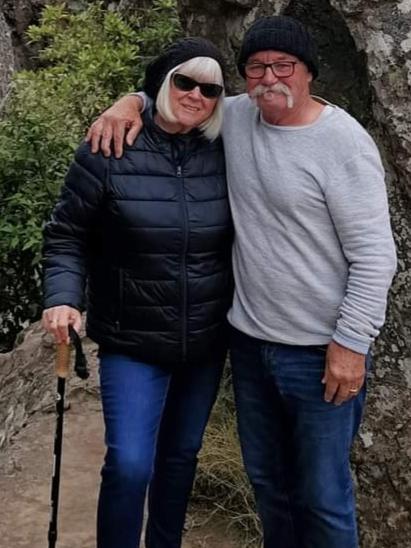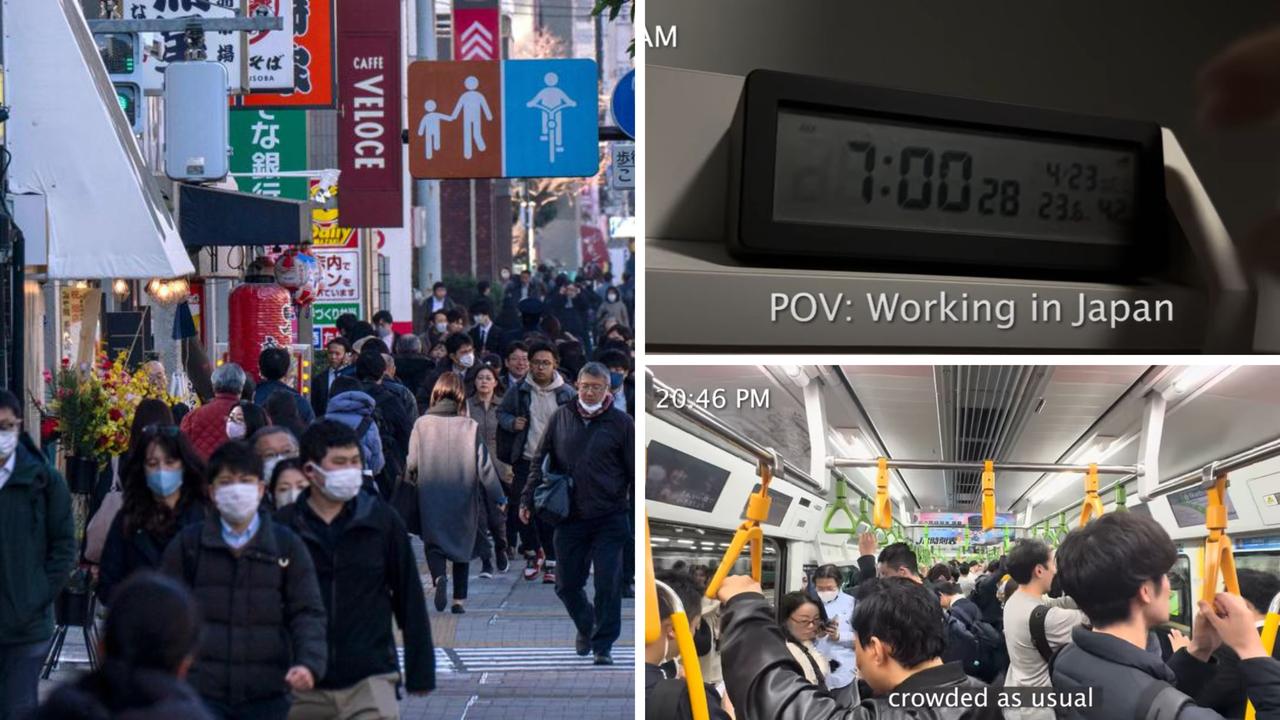The cost of living crisis is forcing retired Aussies back into the work force
Hard working Australians have revealed how the cost of living crisis is impacting them and they have warned that nobody is safe.

Work
Don't miss out on the headlines from Work. Followed categories will be added to My News.
Dolly Parton once sang, “working nine to five, what a way to make a living”.
Fast-forward to 2023, and Australians are now struggling to make said living from their regular nine to fives.
A recent report by Finder has found 24 per cent of Aussies are taking on additional employment, working longer hours or coming out of retirement to make ends meet.
Inflation has ballooned to 7 per cent in Australia, the current RBA cash rate is at 4.1 per cent, and the rental crisis is in full swing, with some suburbs in Australia facing rent rises between 28 and 49 per cent.
There’s not a single Australian who isn’t impacted by the cost of living crisis. Sure, some Aussies are in the somewhat lucky position where they are just spending more and saving less, but others have had to take drastic action to keep afloat in these expensive times.

Gemma Bates-Smith, 32, is a teacher’s aide in Queensland, but she’s taken to working part-time at the food delivery service DoorDash to help cope with the cost of living.
The mum of two explained she earns what she considers a “good” wage as a teacher’s aid, and her husband works full-time, but the cost of living has forced her to seek extra income.
“A year ago, that income combined with my husband’s was more than enough. Now, we can’t survive on that alone,” she told news.com.au.
Mrs Bates-Smith said her mortgage being increased by 27 per cent spurred her to find ways to make cash that was flexible around her family life.
“We were looking for ways to make up the gap,” she said.
Inflation put her family in a situation where they went from being financially stable to suddenly living week-to-week.
Mrs Bates-Smith soon realised the only way to alleviate the pressure would be picking up a second income stream.
DoorDash became the obvious choice because it was flexible and meant she could arrange her work hours around her family’s demands.
“We don’t have to worry about the week-to-week so much,” she said, adding her part-time gig has the potential to bring in an extra “20 or 30 per cent a week”.
The extra income might sound like a huge boost, but Mrs Bates-Smith’s mortgage went up over 27 per cent, so the extra work is just ensuring the mortgage is covered.
Mrs Bates-Smith’s story is part of a wider trend DoorDash is seeing whereby 29 per cent of its workers have sought employment with the service as a side hustle.

The cost of living isn’t just making young Aussies seek a second income; it is forcing retirees back into the workforce.
Pensioners Peter Negro, 74 and Glenice Negro, 73, have both recently returned to work thanks to rising costs.
Before inflation reared its ugly head, the retired couple were enjoying travelling around Australia in their caravan, living the dream.
The pair had worked all their lives, Peter as a plumber and Glenice as a hairdresser, and they were finally getting the chance to enjoy some downtime.
But as the cost of living crisis worsened, the couple said everything from power bills to buying groceries was becoming a “challenge,” and they realised their grey nomad dream was no longer affordable.
They figured they’d have to sell their beloved caravan and give up on their retirement dreams. The only alternative was going back to work.


Instead of giving up on seeing Australia, the pair took up delivery driver positions at DoorDash well into their seventies. They are now working three or four days a week.
The couple said going back to work wasn’t just about saving their caravan — it was about being able to provide themselves with the bare minimum.
“We did consider dropping our private health insurance, but we both believe the public system is overwhelmed and pushed to the brink. As you can imagine it is costing us a fortune, but it is one of the last things we want to go,” they explained.
Despite the circumstances surrounding their return to work, the couple actually feel very “fortunate” they are in good enough health to re-enter the workforce.
“We feel very fortunate that we are able to go back to work at our age so we can
continue to do what we love, even if we cannot get away as much as we used to due to the cost of living,” they said. “We are in our seventies, and there are still plenty more adventures waiting for us.”
Originally published as The cost of living crisis is forcing retired Aussies back into the work force





